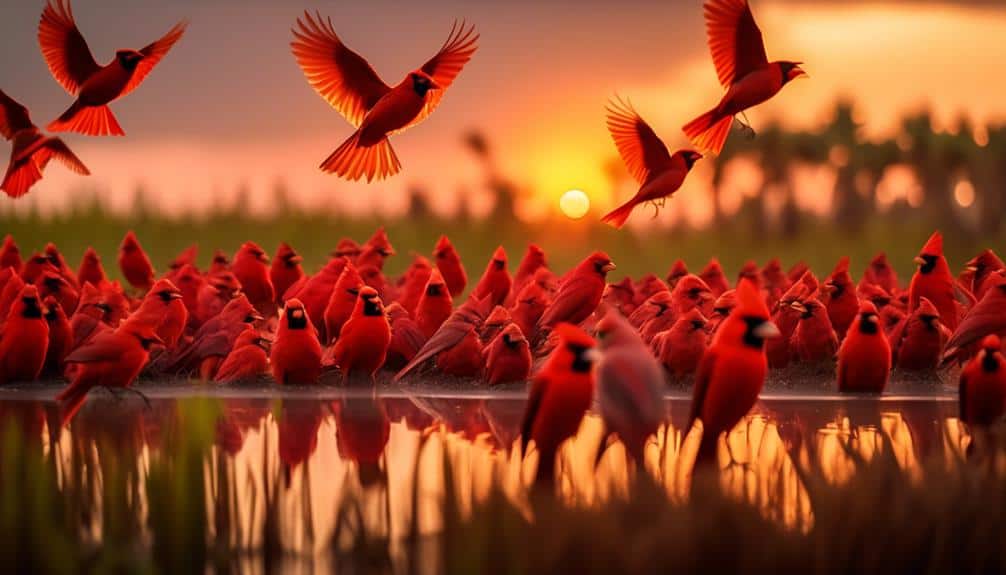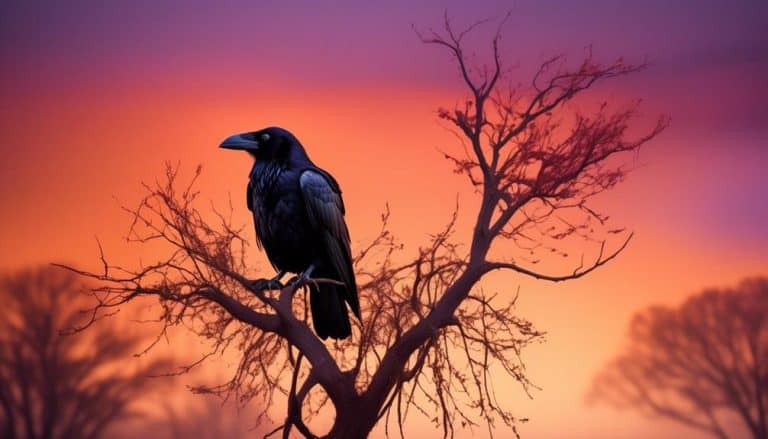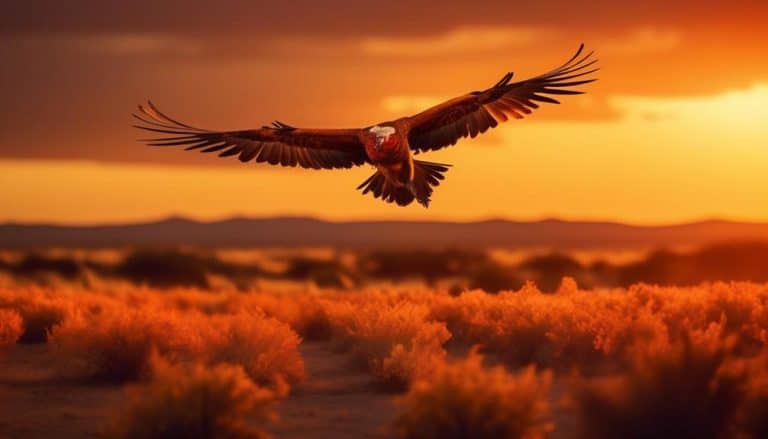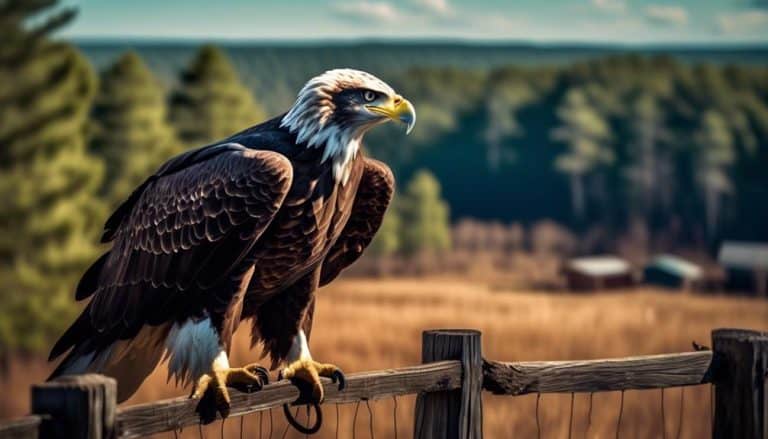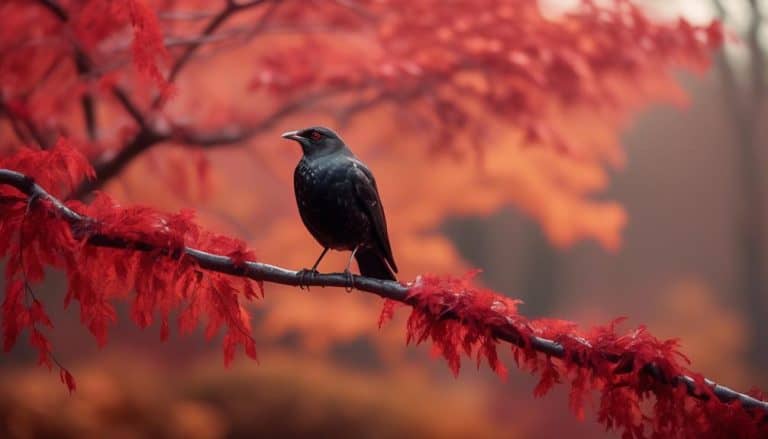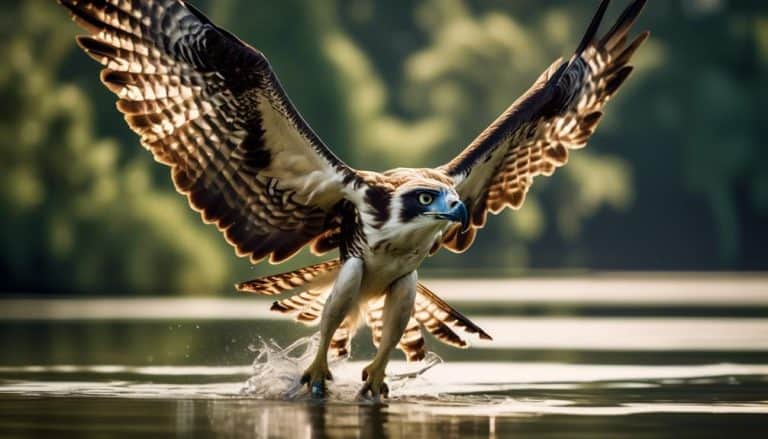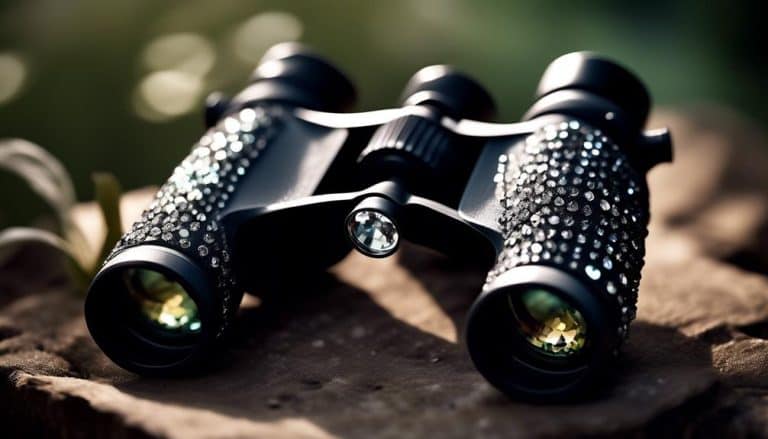I've always been fascinated by the vibrant red plumage of the Northern Cardinal, a common sight in my backyard here in Florida.
But have you ever wondered why these red birds are so prevalent in the Sunshine State?
In this discussion, we will explore the unique characteristics, habitat, feeding habits, and breeding behaviors of red birds in Florida.
Additionally, we will touch upon the conservation efforts and threats faced by these captivating creatures.
So, let's dive into the world of these red birds and uncover the secrets they hold.
Red Birds: An Introduction
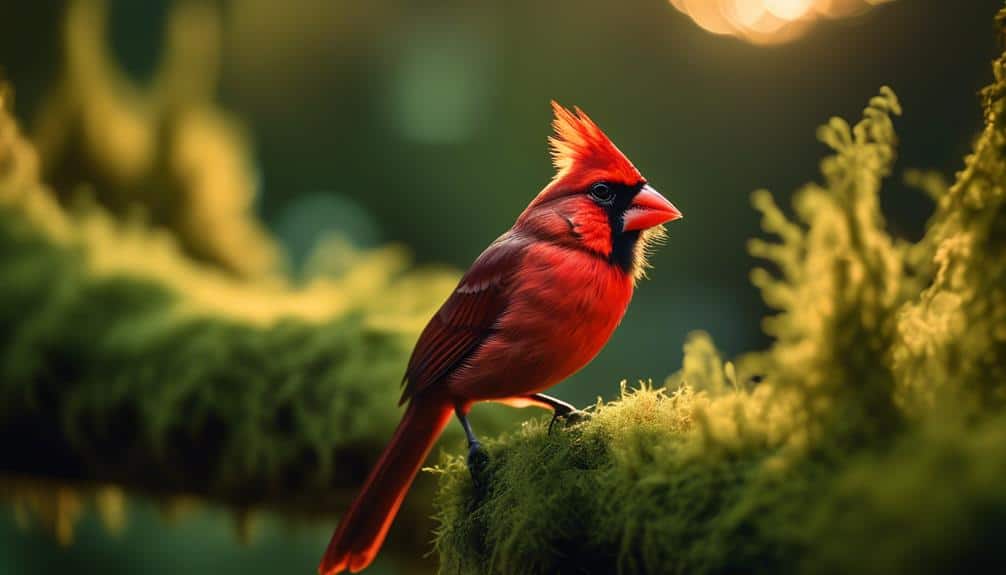
Red birds, also known as cardinals (Cardinalis cardinalis), are a common sight in Florida, with their vibrant red plumage making them easily distinguishable among other bird species. These red bird species are known for their distinctive behavior and characteristics. Cardinals are primarily seed-eaters, with their diet consisting of various seeds, fruits, and insects. They often forage on the ground, flipping leaf litter and searching for food items. Their strong beaks are specially adapted for cracking open seeds and extracting the nutritious content.
Male cardinals are known for their striking red coloration, while females have a more muted brownish-red plumage. This difference in plumage is believed to serve as a form of camouflage, helping the females blend in with their surroundings while they incubate their eggs. Male cardinals are highly territorial and will fiercely defend their breeding territory against intruders. They do this by singing loud, clear songs and engaging in aggressive displays, such as puffing out their chests and raising their crests.
During the breeding season, cardinals form monogamous pairs. The male will court the female by bringing her food and engaging in courtship rituals such as feeding her beak-to-beak. Once a pair is formed, they'll build a nest together, typically in dense shrubs or low trees. The female will lay a clutch of 2-5 eggs, which she'll incubate for about two weeks. Both parents share the responsibility of feeding and caring for the nestlings until they fledge.
Identification and Characteristics
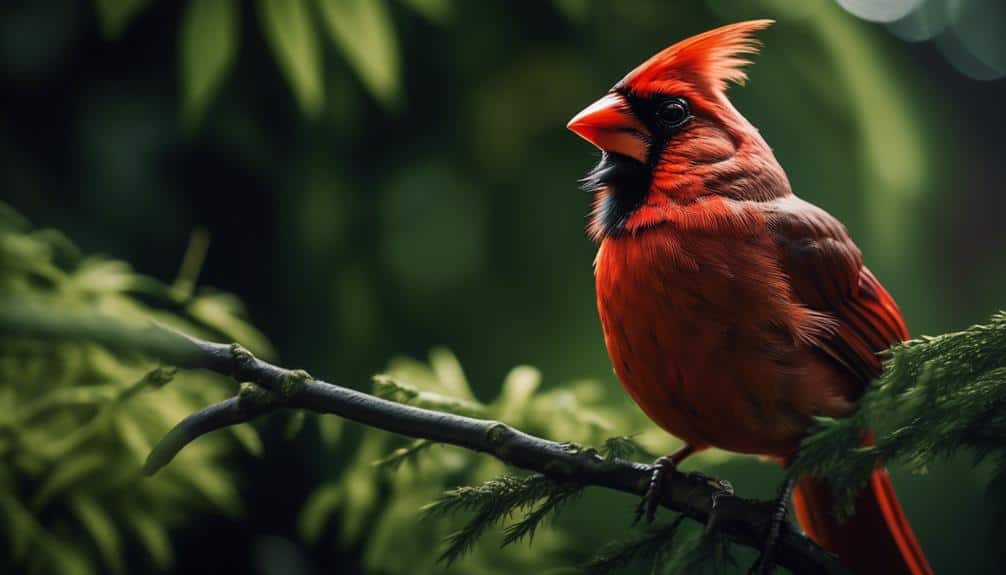
With their distinctive plumage and territorial behavior discussed, let's now explore the identification and characteristics of cardinals in Florida.
The Northern Cardinal (Cardinalis cardinalis) is a common bird species found throughout the state, making it a popular subject of birdwatching. Male cardinals are easily recognizable due to their vibrant red plumage, crest on their head, and black facial mask. The females, on the other hand, have a more muted appearance, with a reddish-brown color and a touch of red on their wings and crest.
Both sexes have a stout, conical beak, perfect for cracking open seeds and fruits, which form a significant part of their diet. Cardinals are medium-sized birds, measuring around 8 to 9 inches in length, with a wingspan of approximately 10 to 12 inches. Their strong flight is characterized by deep, undulating wingbeats.
Apart from their striking appearance, cardinals are known for their distinct song, a series of clear, whistled notes that can be heard throughout the year.
Habitat and Distribution
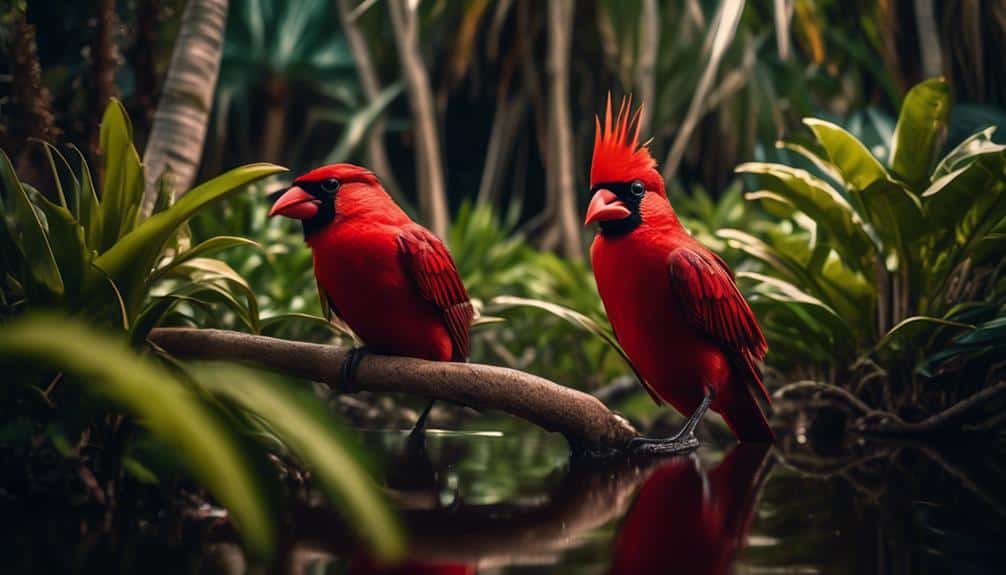
The Northern Cardinal, Cardinalis cardinalis, is found in a variety of habitats throughout Florida, making it a widely distributed bird species in the state. Its adaptability allows it to thrive in diverse environments, from urban areas to forests and coastal regions. Here is a closer look at the habitat and distribution of the red birds in Florida:
- Urban areas: Cardinals have successfully adapted to urban environments, taking advantage of bird feeders and gardens in residential areas. Their bright red plumage adds a touch of color to city landscapes.
- Forests: Cardinals are commonly found in both deciduous and coniferous forests. They prefer areas with dense vegetation, as it provides them with ample cover and nesting sites.
- Coastal regions: Cardinals can also be spotted near coastal areas, including marshes and mangrove swamps. They utilize these habitats for foraging and nesting, taking advantage of the diverse food sources available.
Florida's red bird population has seen a decline in recent years, mainly due to habitat loss and fragmentation caused by urban development. This decline has had an impact on the local ecosystems, as cardinals play a vital role in seed dispersal and insect control.
Efforts are being made to conserve their habitats and promote their population growth, ensuring the continued presence of these beautiful birds in Florida's diverse landscapes.
Feeding Habits and Diet
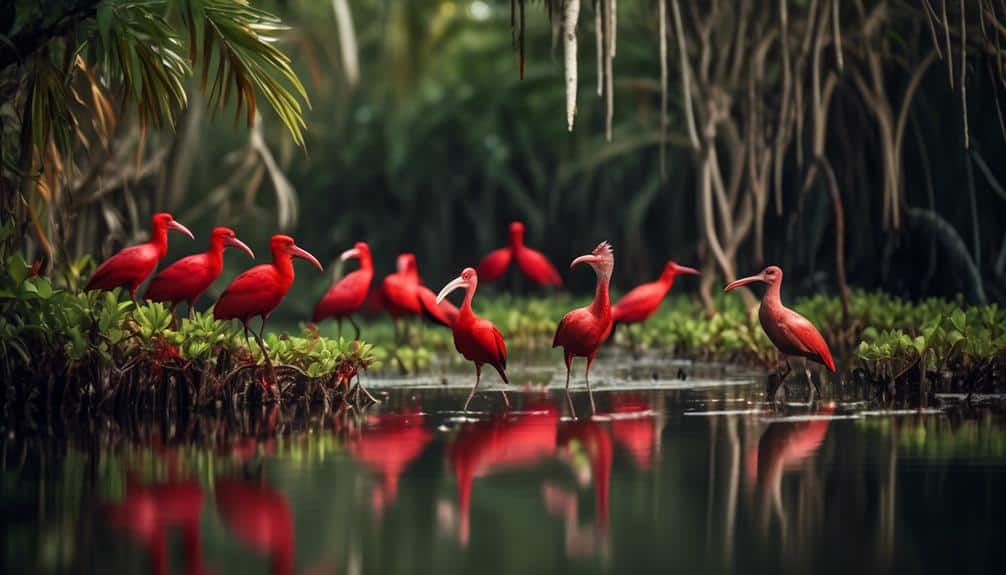
Having explored the habitat and distribution of the Northern Cardinal in Florida, it's now important to delve into its feeding habits and diet. The Northern Cardinal, scientifically known as Cardinalis cardinalis, is primarily granivorous, meaning it feeds mainly on seeds. However, its diet isn't limited to just seeds, as it also consumes a variety of other foods.
The foraging patterns of the Northern Cardinal are primarily ground-based, as it prefers to search for food on the forest floor, in grassy areas, and even in bird feeders. It uses its strong beak to crack open seeds and extract the nutritious kernel inside. Its beak is also well-suited for crushing and consuming fruits and berries. In addition to seeds, the Northern Cardinal consumes insects, spiders, and other arthropods, especially during the breeding season when protein is vital for the growth and development of its offspring.
When it comes to preferred food sources, the Northern Cardinal shows a preference for sunflower seeds, as well as seeds from plants such as grasses, weeds, and shrubs. It also feeds on fruits and berries, including those from dogwood, mulberry, and blackberry plants. In urban areas, it can often be seen feeding on bird feeders filled with seeds and suet.
Breeding and Nesting Behaviors
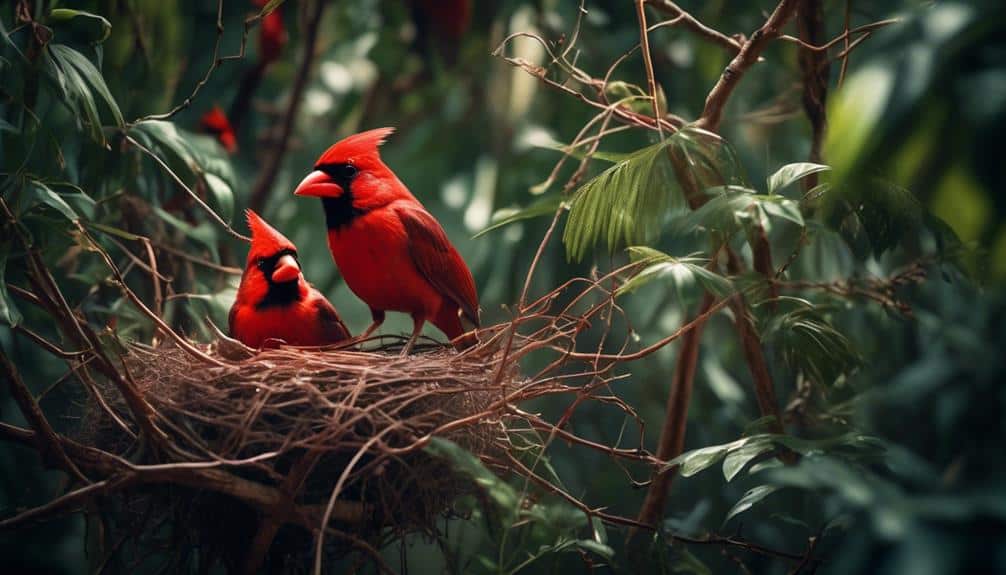
Breeding and nesting behaviors of the Northern Cardinal involve intricate courtship rituals and the construction of well-hidden nests. These behaviors are crucial for the continuation of the species and ensure the survival of the young.
Here are three fascinating aspects of the breeding and nesting behaviors of the Northern Cardinal:
- Courtship rituals: Male cardinals engage in elaborate courtship displays to attract females. They sing melodious songs and fluff their bright red feathers to display their vitality and attractiveness. The males also engage in head-bobbing and wing-flashing behaviors, which serve as visual signals to the females. These courtship rituals not only establish the male's dominance but also strengthen the pair bond.
- Nest construction: Once a pair has formed, the female takes charge of nest building. She selects a concealed location, such as dense shrubs or thickets, to protect the nest from predators. The female constructs the nest using various materials, including twigs, leaves, grass, and bark strips. She skillfully weaves them together to create a sturdy cup-shaped structure.
- Nesting materials: Cardinals are known for their resourcefulness in finding nesting materials. They often incorporate soft materials like grass, moss, and feathers into the inner lining of the nest. These materials provide insulation and cushioning for the eggs and hatchlings, ensuring their protection and comfort.
Conservation and Threats to Red Birds
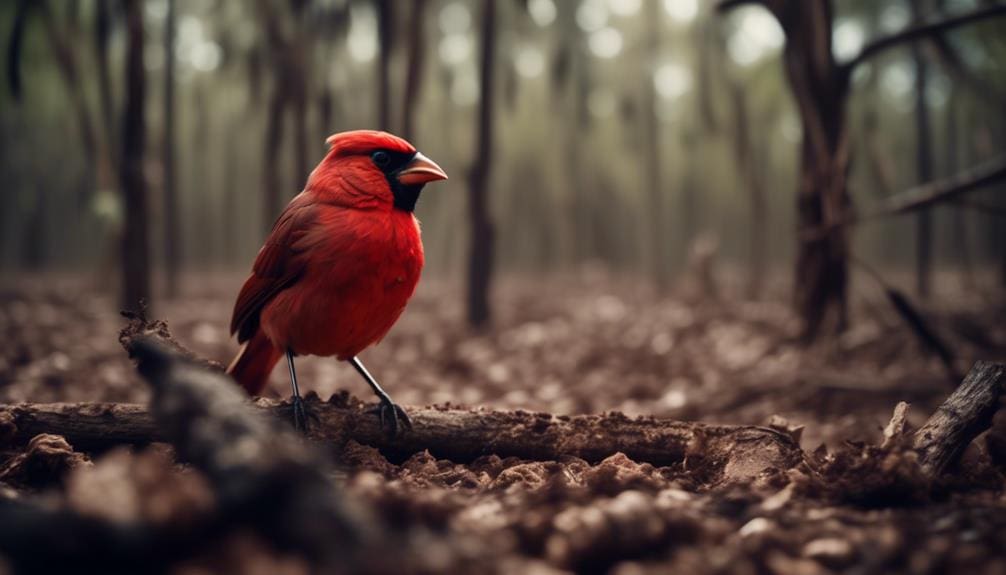
As we shift our focus to the conservation and threats to red birds, it's important to consider the impact of human activity on the Northern Cardinal population in Florida. Conservation efforts play a crucial role in protecting these iconic birds and ensuring their survival in the face of various threats.
One of the most significant challenges faced by red birds in Florida is the impact of urbanization. As cities expand and natural habitats are destroyed, the availability of suitable breeding and nesting sites for cardinals decreases. The loss of trees and shrubs that provide essential cover and food sources greatly affects their population.
In response to this threat, conservation organizations have been actively working to protect and restore the habitats of red birds. Efforts are focused on creating and maintaining green spaces, such as parks and wildlife reserves, that provide the necessary resources for cardinals to thrive. Additionally, public education and awareness campaigns are conducted to promote responsible urban planning and landscaping practices that support bird populations.
To mitigate the impact of urbanization, it's crucial to strike a balance between human development and the conservation of natural habitats. By implementing sustainable practices and preserving green spaces, we can ensure the future of red birds in Florida and continue to enjoy their vibrant presence in our surroundings.
Frequently Asked Questions
How Do Red Birds Communicate With Each Other?
Red bird communication is a fascinating topic. These birds use various vocalizations, such as chirps and calls, to convey messages to each other. They also use body language and displays to communicate their intentions and establish social hierarchies. Understanding red bird behavior is crucial in unraveling their communication methods.
What Is the Average Lifespan of a Red Bird in Florida?
The average lifespan of a red bird in Florida is around 5 to 8 years. They communicate with each other using a variety of methods, including vocalizations, body language, and displays of their vibrant plumage.
Are Red Birds Known to Migrate During Certain Times of the Year?
Red birds are known to migrate during certain times of the year. Understanding red bird behavior and migration patterns is crucial to studying their movements and population dynamics.
Do Red Birds Have Any Predators in Their Natural Habitat?
Yes, red birds have predators in their natural habitat. They are known to be preyed upon by birds of prey such as hawks and owls, as well as snakes and mammals like raccoons.
Are There Any Specific Conservation Efforts in Place to Protect Red Birds in Florida?
In Florida, there are several conservation initiatives in place to protect red birds. These efforts include population monitoring and habitat restoration, ensuring the survival of these beautiful creatures for future generations to admire.
Conclusion
After exploring the fascinating world of red birds in Florida, it becomes evident that these vibrant creatures are an integral part of the state's ecosystem.
Their striking appearance and distinct behaviors make them a captivating subject of study.
However, the conservation of these birds is crucial, as they face threats such as habitat loss and climate change.
By understanding their habits and working towards their protection, we can ensure the continued presence of these magnificent red birds in Florida's diverse landscape.

